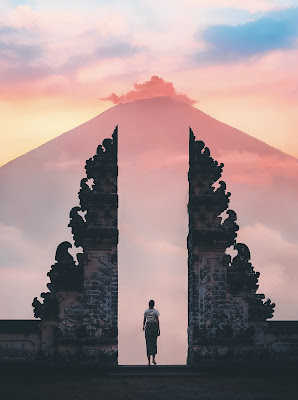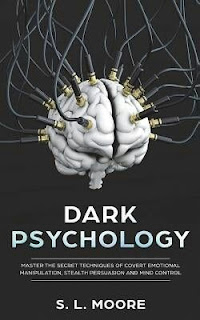The World Trade
"World trade drives economic growth, but also faces challenges like trade barriers and geopolitical tensions. Understanding it is crucial for global commerce."
The World Trade
The World Trade Center, also known as the Twin Towers, was a complex of seven buildings in Lower Manhattan, New York City. The iconic twin towers were completed in 1973 and were the tallest buildings in the world until their tragic destruction on September 11, 2001. The complex also included the Marriott World Trade Center, which was destroyed in the same terrorist attack.
The Twin Towers were not just office buildings, they were a symbol of American economic power and progress. The complex featured a vast plaza with a large fountain, where people would gather to enjoy the view of the towers and take pictures. The towers themselves were a marvel of engineering, with their steel frames and innovative design.
After the attacks, the site of the World Trade Center became known as Ground Zero. A massive cleanup and rebuilding effort began, with the goal of creating a new World Trade Center that would be a symbol of hope and resilience. The new complex includes One World Trade Center, also known as the Freedom Tower, which stands at a height of 1,776 feet, making it the tallest building in the Western Hemisphere.
Today, the World Trade Center complex is a bustling hub of commerce and culture, with office buildings, shopping centers, and a transportation hub that connects to various subway lines and the PATH train to New Jersey. Visitors can also visit the National September 11 Memorial and Museum, which commemorates the lives lost in the 2001 attacks and the 1993 bombing of the World Trade Center.
The World Trade Center will always hold a special place in the hearts of Americans and people around the world. It is a testament to the resiliency of the human spirit and a reminder that even in the face of tragedy, we can come together and rebuild.
There are several websites that provide detailed information about world trade. One of the most well-known and authoritative sources is the World Trade Organization (WTO) at wto.org. The WTO provides comprehensive information on global trade trends, trade policies, and statistics on trade flows between countries. Another useful resource is the World Bank's World Integrated Trade Solution (WITS) platform at wits.worldbank.org, which provides data visualization tools for analyzing trade flows, as well as detailed statistics on trade by country and commodity. Other sources of trade data include Bloomberg Trade Flow and the WITS TradeStat Database.
↓
 |
| "Exploring the World of Trade: A Comprehensive Guide to Understanding Global Commerce" |
World trade involves the exchange of goods and services between countries. It is facilitated by various actors, including businesses, governments, and international organizations. Here are some key steps involved in the process of world trade:
Production: Goods and services are produced in one country and exported to other countries. This may involve using imported raw materials or components to create finished products.
Trade Agreements: Governments negotiate trade agreements to facilitate the movement of goods and services across borders. These agreements may include provisions for reducing tariffs and other trade barriers.
Transportation: Goods and services are transported from one country to another using various modes of transportation, including ships, planes, and trucks.
Customs Procedures: Customs procedures are in place to ensure that goods entering a country comply with regulations and are properly documented. These procedures may include inspections, tariffs, and other fees.
Payment: Payment for goods and services may be made through various methods, including wire transfers, letters of credit, and other financial instruments.
Trade Finance: Banks and other financial institutions provide trade finance services to facilitate trade transactions, such as issuing letters of credit or providing loans.
Monitoring and Enforcement: International organizations such as the World Trade Organization (WTO) monitor and enforce international trade agreements and resolve disputes between countries.
Overall, world trade is a complex process involving many different actors and steps. Effective trade policies and frameworks are essential to ensure that trade flows smoothly and benefits all parties involved.
In conclusion, understanding the world of trade is crucial for businesses, governments, and individuals alike. With the right knowledge, tools, and resources, world trade can be a powerful force for economic growth, development, and cooperation. By exploring the intricacies of global commerce, we can gain a deeper appreciation for the challenges and opportunities that come with participating in the international marketplace. So let us embrace the world of trade with open minds and a commitment to building a more prosperous and interconnected world.






Comments
Post a Comment